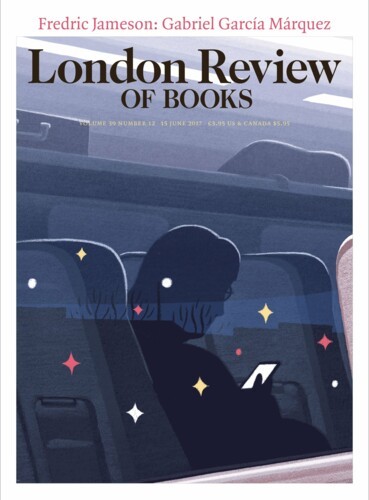What’s so good about Reid?
Galen Strawson, 22 February 1990
Thomas Reid’s ‘Inquiry’: The Geometry of Visibles and the Case for Realism
by Norman Daniels.
Stanford, 160 pp., £25, May 1989,0 8047 1504 1 Show More
by Norman Daniels.
Stanford, 160 pp., £25, May 1989,
Thomas Reid and the ‘Way of Ideas’
by Roger Gallie.
Reidel, 287 pp., £42, July 1989,0 7923 0390 3 Show More
by Roger Gallie.
Reidel, 287 pp., £42, July 1989,
Philosophy and Science in the Scottish Enlightenment
edited by Peter Jones.
John Donald, 230 pp., £20, October 1989,0 85976 225 4 Show More
edited by Peter Jones.
John Donald, 230 pp., £20, October 1989,
Studies in the Philosophy of the Scottish Enlightenment
edited by M.A. Stewart.
Oxford, 328 pp., £37.50, January 1990,0 19 824967 5 Show More
edited by M.A. Stewart.
Oxford, 328 pp., £37.50, January 1990,
“... regularly pressed: Nicholas Malebranche (b. 1638), to be inserted between Leibniz and Locke; and Thomas Reid (1710-96), best inserted between Hume and Kant rather than between Berkeley and Hume, on the grounds that his major works are a response to Hume, who was his junior by exactly one year.Rebounding passionately from Hume, Reid founded the Scottish ... ”
